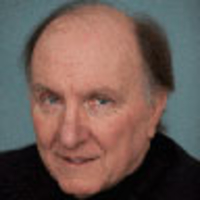Archive
George Frey, AFP / Getty Images
Romney’s Shady Connections From Salt Lake Olympics Still Paying Off
OLYMPIC CORRUPTION
In 2003, David Simmons pleaded guilty on federal tax charges related to the Olympic bribery scandal, but that hasn't stopped Mitt Romney from taking his money, reports Wayne Barrett. Plus, more on Mitt's trips to the Mormon Church to discuss same-sex marriage.

Trending Now





